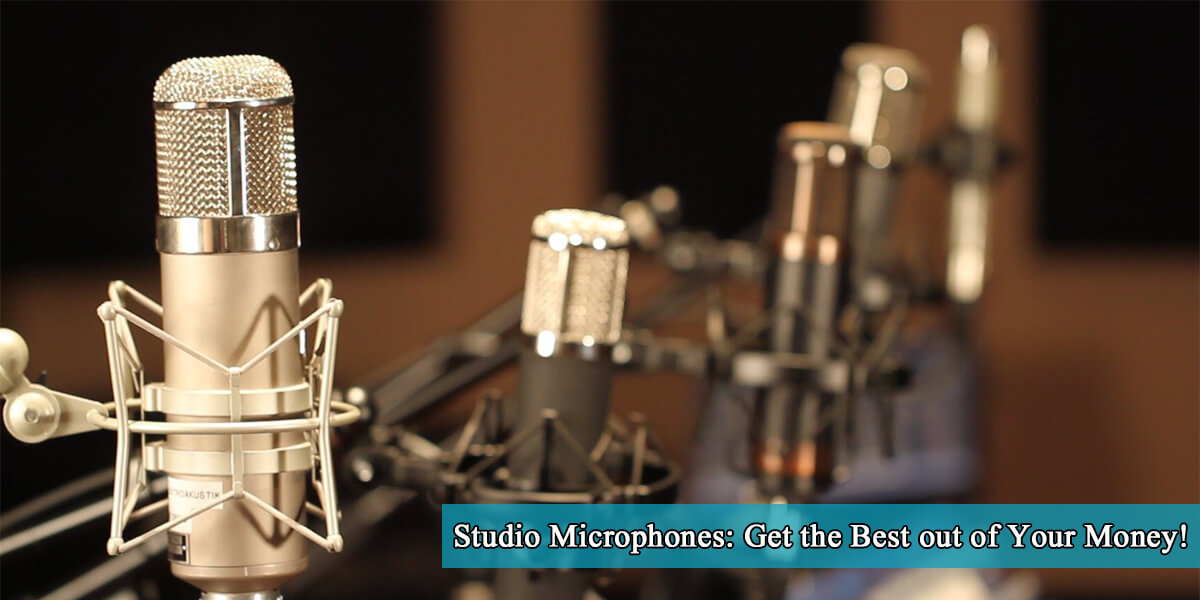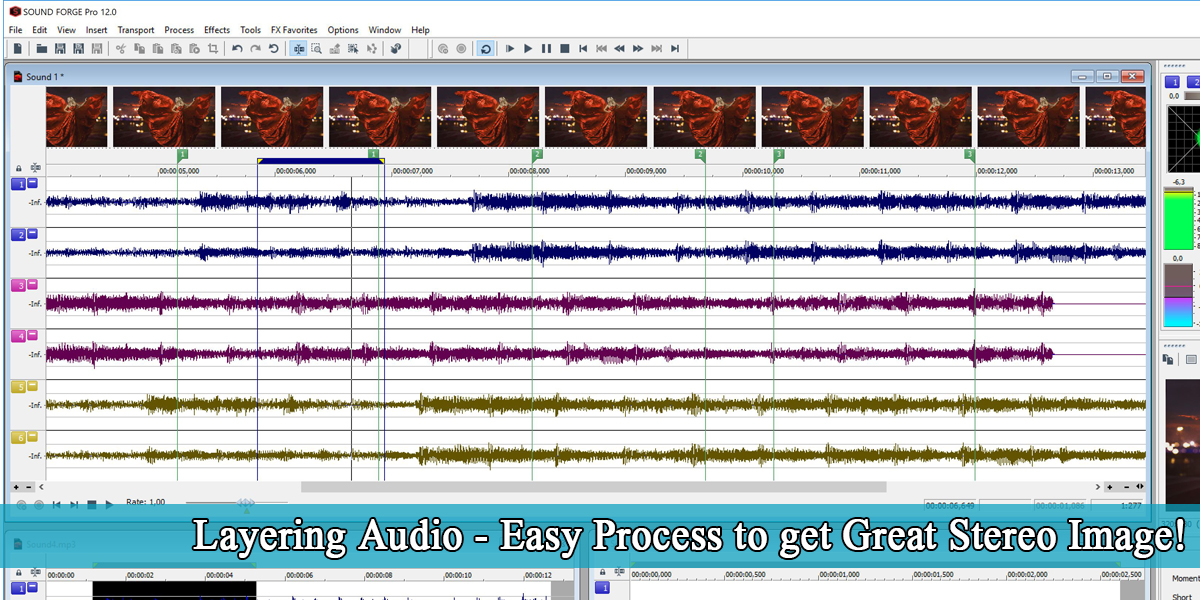How to Start the Mix!
Introduction
Let’s talk about what it really means to “begin mixing.” It can be tough to know where to start. What do you do once you’ve imported your session? How does everything fit together, and how do you actually get moving? To help explain, let’s use a construction analogy.
Imagine you want to build a house. Congratulations—you’re about to create a home that’s uniquely yours, with everything you could possibly want. You can picture the stylish interior, soaring vaulted ceilings, and the kitchen straight out of a magazine.
But all those luxurious details come much later, because right now, you’re still standing on a messy patch of dirt. You won’t be installing fancy chandeliers, leather couches, or new appliances any time soon. First, you have to start with the basics and dig the foundation.
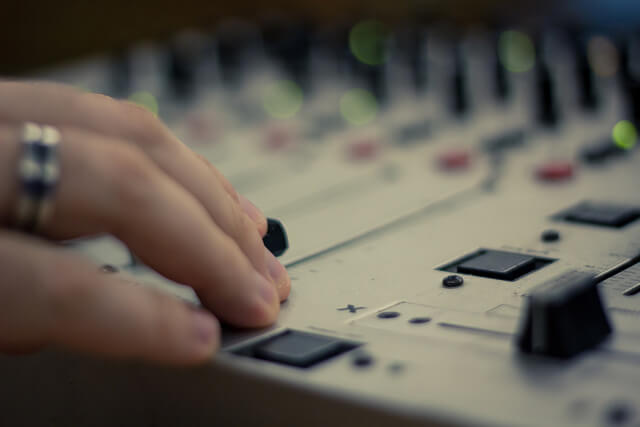
Point of view and how to start the mix
You don’t start off with complex vocal reverb tricks or parallel distortion. You begin by focusing on the basics and build from there. If you’re involved in the entire process from start to finish, though, the lines between roles can blur a bit.
When you’re tracking the project, you’re already making decisions about the sounds and the production of each instrument. By the end, you naturally add some of your mixing mindset to everything you do. The goal is for everything to sound great in the final mix, so you need to work with the overall vision in mind from the beginning.
Either approach can work, but there’s a definite shift in your mindset depending on when you join the process. No matter how involved you are, you’ll likely end up doing many of the same things in the mix.
You’re coming at it from two different perspectives. Still, you can’t just start slapping on plug-ins and processors right away. Before you even move the faders, make sure to clear out any clutter that might get in your way.
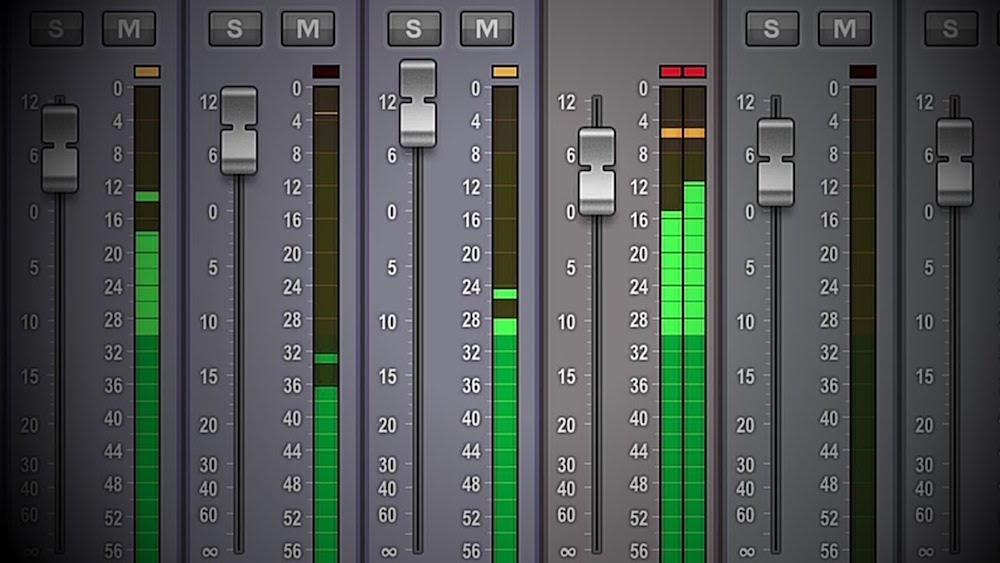
Color Coding and Labeling Tracks
Once we have the multi-track session set up, we like to start by color coding and labeling all the tracks in the session.
Color coding and labeling are simple steps anyone can take to organize music for mixing, but it amazes me how many people skip this. Sometimes, we see tracks with names like “last_export154.”
What does that even mean?
We prefer to see things in the mixer as both groups and individuals. We’re pretty sure there’s a psychological reason for this, but honestly, we’ve been too lazy to look it up. The main point is that it makes finding things much easier.
Think of it like folders on your computer. If you’re looking for Image#3 from Spring 2014, it’s much easier to find if you have a folder called “Spring 2014” with “Image#3” inside.
To put it simply, we find this process not only helpful but actually kind of fun—and it definitely helps you navigate your project more easily.
If you have a big project with lots of tracks, you need this system. You’ll be able to quickly find any element just by glancing at your sequencer and recognizing the colors.
The same idea applies to finding tracks in your mixer. The color coding is like having folders, and the labeling is like naming files inside those folders. Makes sense?
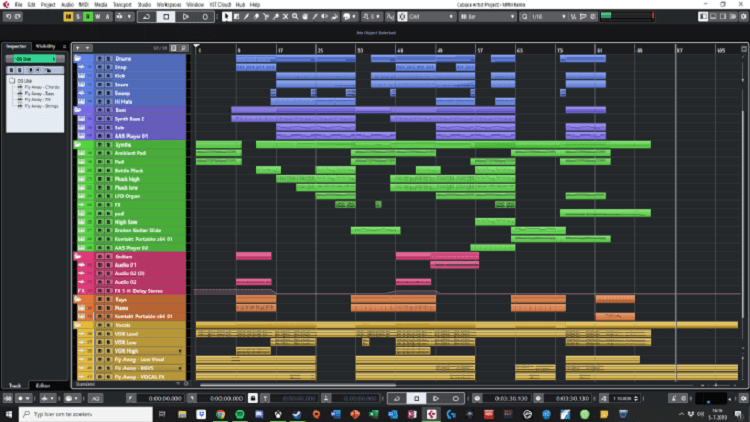
Routing the Tracks and FX Channels
This could include anything from creating and labeling any buses you’ll need in the session to setting up your sends, returns, and aux channels.
If we already know we’re going to use a bus (often called grouping), we like to set it up right at the start. That way, when it’s time to mix, we can stay in our creative mindset instead of switching over to the technical side.
Nothing kills the vibe of a music mixing session faster than having to stop being creative and start thinking technically.
Busses: When it comes to bussing, set up all the buses you think you’ll need right from the start. For example, you can group all the drums together, all the guitars together, and maybe even the vocals. You can always adjust things later, but try to make these decisions early on.
Effects: By now, you should have already listened to the rough mix, so you should have an idea of what kinds of effects you might want to use. You could start with a couple of reverbs, a ¼ note delay, a 1/8th note delay, and maybe a flanger or chorus.
These don’t have to be your final choices—think of them more as a starting point. This way, when you’re deep into the mix and want to experiment with a delay, you’ll have one ready to use. The goal is to keep your creative process moving smoothly.
We tend to start by adding an effects template, which we usually recommend because it saves a lot of time.
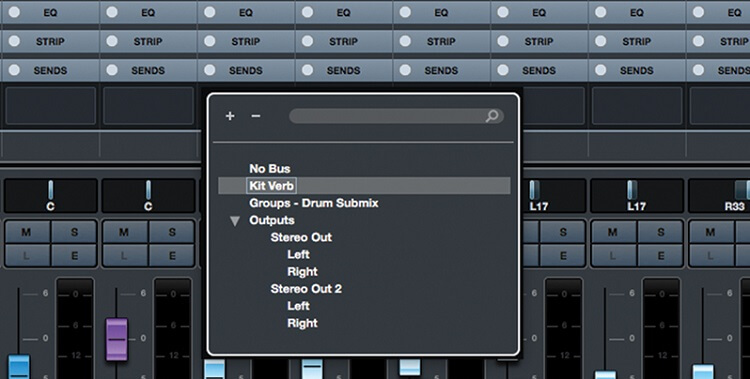
Gain Staging
When it comes to making music, one of the trickiest parts of the whole process is getting your mix just right.
But there’s one key part of mixing that many producers often overlook—and missing it can leave your mixdowns sounding unpolished and incomplete.
We’re talking about gain staging, a crucial step that can really take your mixes to the next level. By the end of this article, you’ll have a much better understanding of what gain staging is and how you can use it to make your mixdowns sound more professional.
So, what is a gain stage? Simply put, it’s any point in your production where you can adjust the volume of a device or track. Gain staging means managing all these volume levels throughout your project so you can achieve the cleanest mix possible.
Here’s a quick example using soft synths like Serum. On the plugin itself, you’ll want to set the output to a suitable level before sending it to any effect units.
Next, make sure the levels of those effect units are set correctly before everything goes to the master channel, which is your final gain stage.
By doing this, you’ll create a solid gain structure in your mix, making it much easier to get a professional-sounding result.
Using proper gain staging in your productions ensures your final track will be free from unwanted noise and distortion. We have a full article on this topic, so be sure to check it out for more details.
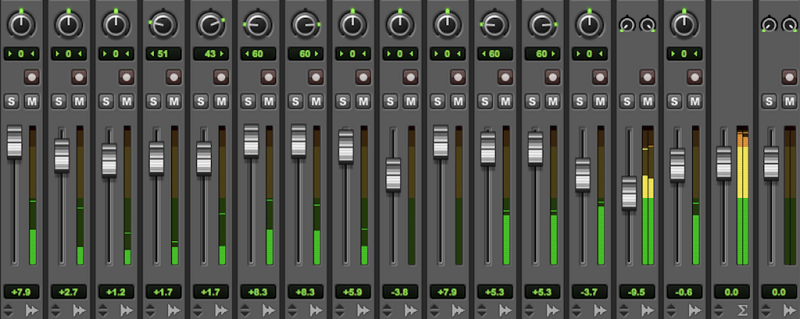
Creating Headroom
Time to give your mix a little trim—just a small haircut here and there. Tweak those levels and don’t be afraid to cut out a few elements if you need to. Stay flexible.
Get a basic sense of your levels before you dive into heavy effects. Trim things down now so you don’t run into clipping issues later. Think about headroom from the start.
Keep your final goal in mind as you balance all your tracks.
This approach will give you a rough idea of how each track fits together. Processing will help clear up any confusion in your mix.
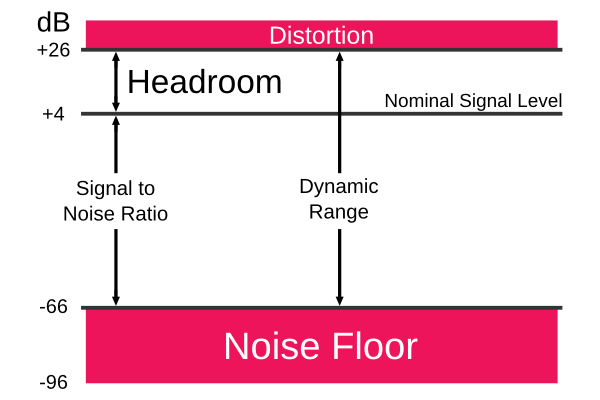
Mix the most important element first
You’ve found the most crucial section of your song and looped it in your edit window. Now you’re ready to dive in, but what comes next? Start by mixing the most important instrument first.
What does that mean, exactly? Every element and effect adds to the song, so they’re all important to the final mix. However, you should begin with the instrument that’s not only the most prominent in the mix but also the most significant.
If the drums feel like the driving force, or if a grand piano is the centerpiece, start there. Use EQ, compression, and any other tools you need to make that element stand out. Then, begin adding in other tracks one at a time, always comparing them to your main instrument and tweaking their EQ and compression as needed.
The goal is to avoid masking the lead track. For example, if your song is a piano pop tune, it makes sense to start with the piano—make it sound full, warm, and dynamic.
Next, layer in the bass, drums, acoustic guitar, and finally, the vocals if you have them. Each time you add a new element, make sure it blends well with everything that came before it.
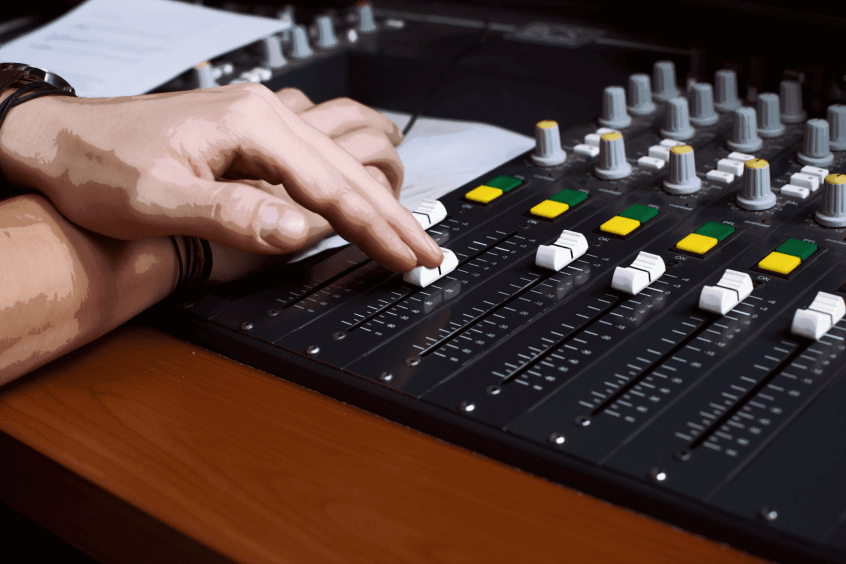
Begin with the Drums
When you start with the drums, you give all these tracks your best attention and clearest focus. Once you get the drum sound you want, you can bus all the drum tracks to a drum group fader (like an Aux, VCA, or similar) and then move on.
In our workflow, we like to do this and even hide the drum tracks afterward. Why? So we aren’t tempted to start tweaking the individual tracks again. One small change can throw off the entire drum mix.
That’s what makes mixing drums so tricky. By giving them special attention at the start, you’ll know they sound great and you can confidently move on from there.
Drums Actually Are One Instrument
The sooner you can mix down your drums to at least one track (visually, that is), the sooner you can actually start mixing. Why? Because drums should really be treated as a single instrument—they’re no different than a bass guitar or a lead vocal.
Once you’ve balanced your drum tracks to get the perfect blend of tone and punch, it’s best to stop thinking of them as individual tracks. Instead, focus on how the whole drum sound fits into the mix as one instrument.
This helps you think about the bigger picture—how your mix sounds to the listener. You can ask yourself questions like, “Are the drums loud enough?” and make adjustments with just one fader.
If you wonder, “Are the drums bright enough?” you can easily fix it with a bit of EQ on a single track. It’s simple, practical, and efficient.
Personally, we suggest starting with the drums most of the time. In the genres we work with, drums are the crucial element.
For our style, especially when mixing Hip Hop, we like to have hard-hitting drums and vocals—everything else fits around them. That brings us to the next element we want to tackle.
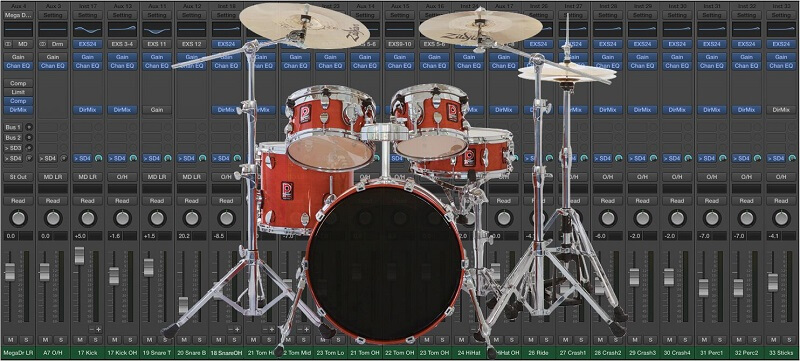
Begin with the Lead Vocal
Arguably, the lead vocal is one of the most powerful elements in any mix—which is why it makes sense to start there and work your way backward. This approach works best with sparse arrangements, where the vocal has plenty of room to stand out.
It can be hard to tell if the vocals are in tune without other instruments in the mix, so it’s a good idea to also start with the main rhythmic element. Often, this is an acoustic guitar, piano, or even drums.
Begin by fixing any frequency issues in the vocal. Use a high-pass filter to remove unwanted low frequencies, and a de-esser to control any harshness in the highs.
Apply compression lightly to help keep the vocal at the front of the mix. However, depending on the track, it might be better to manually automate the vocal level for a more natural sound.
Next, create space for the vocal with reverb and delay. Since you don’t need to worry about matching decay times to the snare or other instruments, you have more freedom to experiment.
To keep the other instruments in the same space, it’s best to send each track to the same effects bus at different levels.
By simply cutting unwanted low frequencies and addressing problem areas in the vocals, you set a solid foundation for the mix. Following these basic guidelines will give you a clear direction and an easy path to follow.
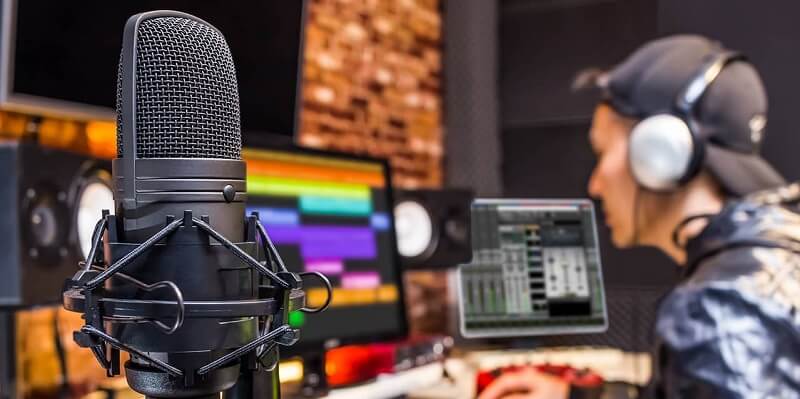
Bottom to Top Mix
A much less common, but very effective, strategy is to start your mix from the lowest bass elements and build it vertically.
Begin with the bass, 808, deep kick drum, or whatever dominates the sub-range, then move up to the next element in the natural bass range—maybe a kick drum or bass guitar.
Next, continue to the following lowest element, such as a synth, keyboard, bass-heavy vocal, or snare. Keep moving upward, layer by layer, until you finish with the highest elements like hi-hats, tambourine, whistle, or guitar—whatever stands out in the treble.
The key to making this approach work is that when you reach elements that occupy the same frequency range, you blend them together into a unified sound (for example, string layers, synth stacks, or drum layers).
The big advantage of this method is that it makes your EQ decisions much clearer, since you’re starting by assigning main frequency ranges to specific elements. Mixing the low end first and then working up to the higher frequencies isn’t a common approach, but in some situations, it can be extremely useful.
If your song is mainly bass-driven, sorting out the lows first creates important space for the other instruments in your track. With careful use of compression, EQ, and balancing, your low end will be set up perfectly for the rest of the mix.
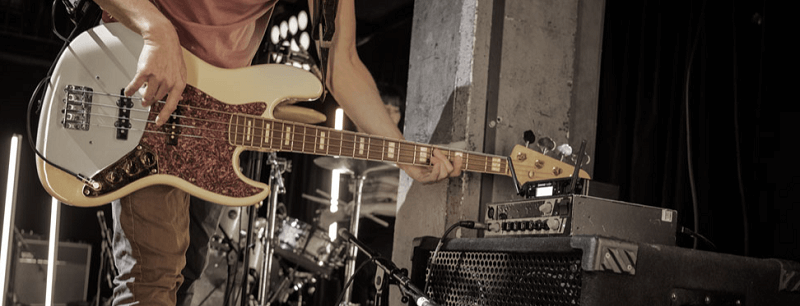
Rest of the Tune
Once your mix has its focal point and its main, standout element, the next step is to let everything else fall into place and support the song. If you’ve done all the previous steps correctly, you’ll find that this part of the mixing process doesn’t take as much time as you might think.
Now that you’ve established the mix’s focus, your job is to ask yourself whether each remaining element is supporting the main part or distracting from it. Keeping this question in mind as you go through each track will help you decide what to do next.
The order in which you mix the remaining instruments is really up to you. The best approach is to move on to the next most important element and fit it into your mix. In our experience, this is the logical next step you should take.
Sometimes, starting with the elements that are the most distracting and working backward can be helpful. Often, we find that the bass or other low-end elements hold a lot of energy and can mask the vocal or other key melodic parts.
To fix this, solo out these problematic instruments along with the main parts of the song. Then, focus on how they fit together—use EQ to remove competing frequencies or control any distracting dynamics.
Once these elements are working well together, bring the other instruments back into the mix and finish things up.
Other times, it makes sense to focus on parts that really highlight the core of the song and feel almost as important as the main elements. Mixing these fun parts—like percussion tracks or background vocals—to be bright, energetic, and supportive of your lead vocal or main drum groove will quickly make your mix feel exciting and keep you motivated to continue.

Mixing Effects of the Track
This strategy is, as far as we know, one of the last steps in finishing your mix. The idea is to create your reverb and delay returns right at the very beginning of the mix (and sometimes even print them), and group them with any room recordings that were captured during tracking.
You start with these elements and devote the first stage of mixing to blending all the “space” sounds. The goal here is to create a unified environment for the musical elements—a three-dimensional image that feels believable to the ear. This is something you should always pay close attention to.
While this approach isn’t always useful for genres where artificial or disjointed space is acceptable (like Pop, EDM, or Hip-Hop), it can be extremely helpful for genres that need a more natural feeling ambiance, such as Jazz, Singer-Songwriter, Classic Rock, or styles that need a clearly defined and intentional sense of space.
The advantage of this strategy is that you are able to establish a working stereo image from the very start. Creating convincing front-to-back depth and space is one of the hardest aspects of mixing, and this method removes a lot of the guesswork, allowing you to build a defined world for the musical elements to live in.
We also find that having the tonality of the space already dialed in really helps guide the mixing of the dry elements. This is often the last thing you need to address before finalizing your mix.
After this step, it’s important to rest your ears and brain, then return the next day to make any final touches and bounce out the song.
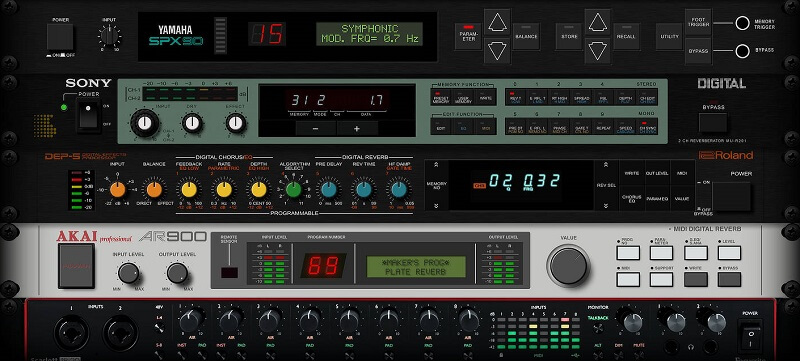
Frequently Asked Questions
Q: What are the standard mixing ranges for every instrument?
A: To help each instrument sit comfortably in its own space within the mix, make sure that no track is masking another. Avoid frequency masking by filtering out unnecessary frequencies from instruments that don’t need them. For example, in a rock mix, remove low and low-mid frequencies from an acoustic guitar.
You can also use panning and reverb to place instruments across the soundstage, giving each one its own spot in the mix.
Q: How do you balance a mix?
A: First, hard-pan all instruments either right or left, except for the kick drum, bass guitar, and vocals—keep those centered. Find the loudest and quietest sections of the song and set two loop markers at those points. Pull all your instrument faders down to zero. Next, in the loudest part of the song, bring up the vocal fader so that its level hovers around -20 dBFS.
Now, switch your output from stereo to mono. You can do this with a plug-in, by adjusting your stereo fader panning, or by using your console’s mono button if you have one. Lower the vocal volume until it’s just barely audible, then gradually bring up the other faders so you can hear each instrument in the mix. Do this for both looped sections, making adjustments until you find a pleasing balance.
Finally, return your volume to your usual monitoring level and switch back from mono to stereo. You should now have a solid initial mix balance. Later, use automation to fix any moments where a static fader level makes an instrument too loud or too quiet when it shouldn’t be.
Q: How do you get good at mixing?
A: There’s no simple answer to this question. Just like getting good at anything, mixing takes time and experience. It’s all about finding the right balance between studying, copying different people’s processes and making them your own, practicing, comparing your work, practicing even more, and fine-tuning your personal taste, workflow, and technical skills. Keep studying, keep working at it, and keep learning—you’re going to get good!
Conclusion
The way you choose to begin your rough mix will influence how you finish it. Having a plan to get from point A to point Z can save you a lot of hassle later on and usually results in better audio.
It doesn’t matter if you’re using Cubase, Pro Tools, or any other DAW—the process should always stay the same.
What approach do you prefer? Maybe you have a method we haven’t mentioned. If so, feel free to share your ideas in the comments below.

